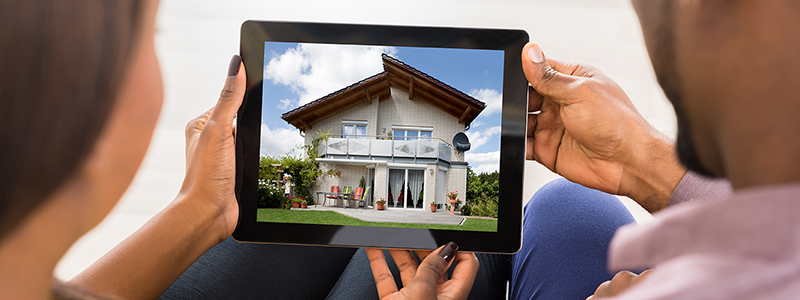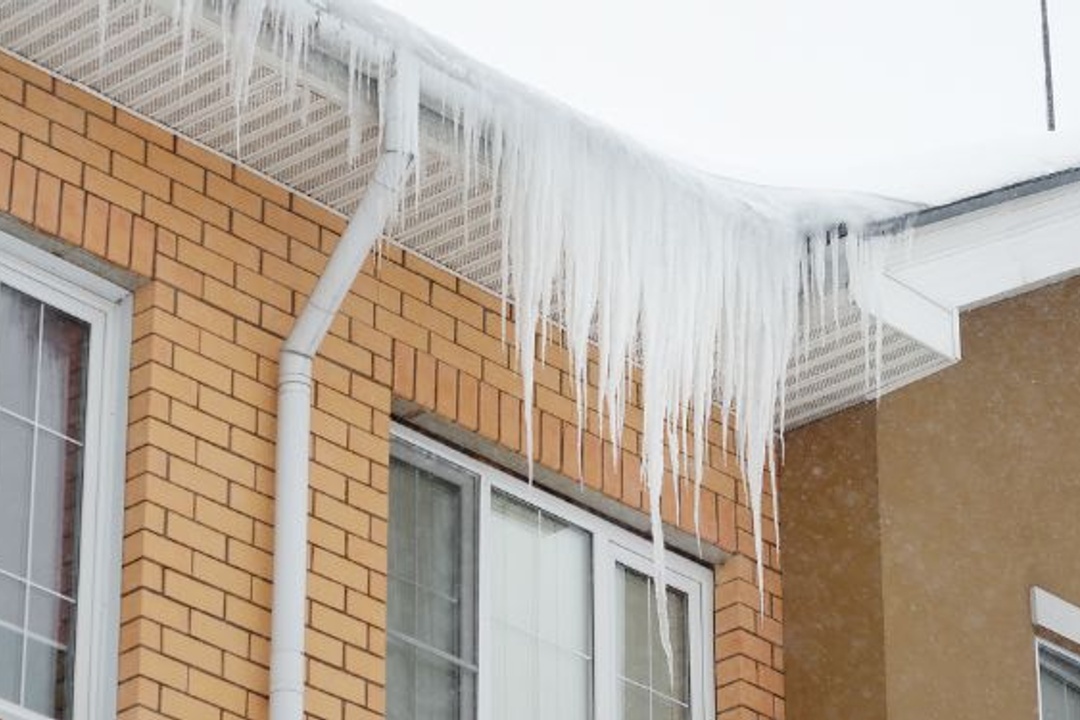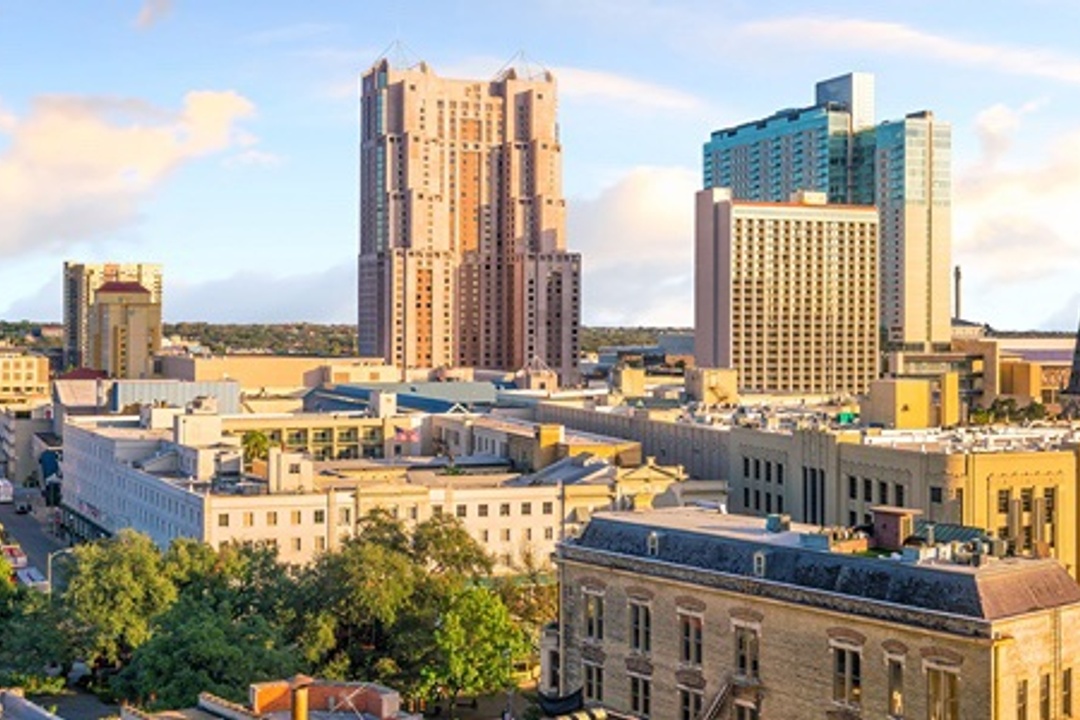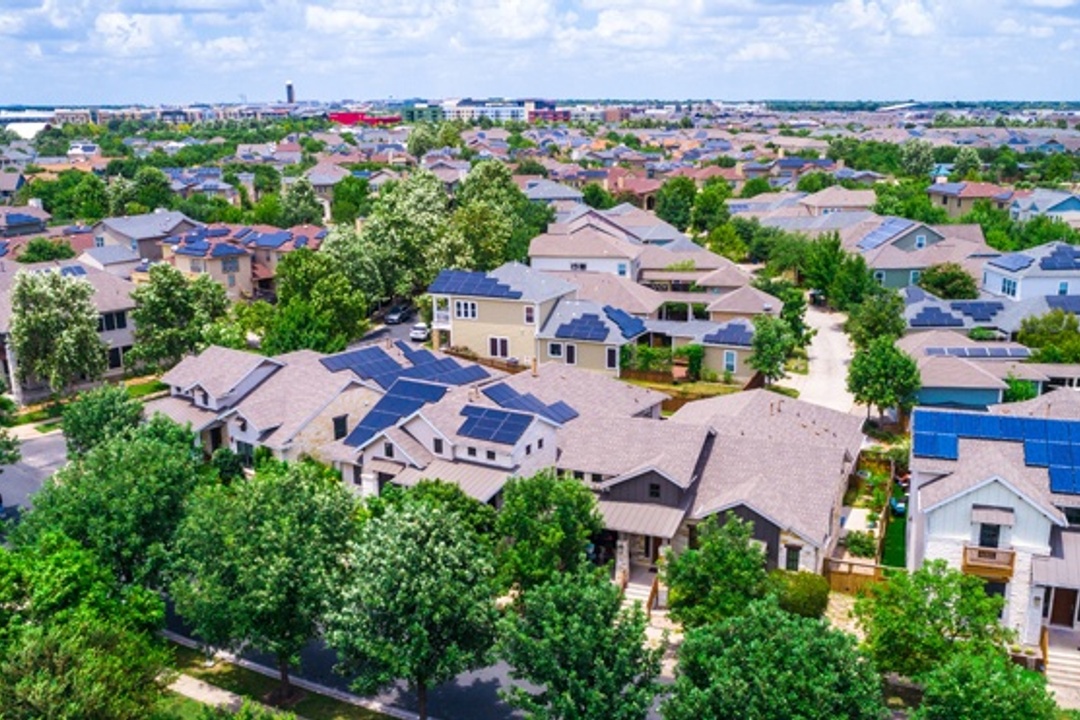
Buy now, or wait? That’s the question prospective homeowners are struggling to answer in today’s housing market, where both home prices and mortgage rates in the Austin area and around the country have skyrocketed for much of the past year.
And with real estate experts like the Knock real estate platform predicting that the Austin metro region is anticipated to have the most drastic shift from a sellers' market to a buyers' market among the 100 largest metro areas in the United States by July 2023, the question remains, is it a good time to buy a house in Austin?
In this article, you’ll find out several reasons why it could be the perfect time for YOU to buy a house in Austin. We’ll help you decide here!
Housing Market Factors to Consider
Potential homebuyers eager to start looking for a home to purchase in Austin have faced a harsh reality over the last two years. Below are some Austin housing market factors to take into consideration in 2023.
Mortgage Rates Are on the Rise
Even with the Federal Reserve raising interest rates to combat inflation, there seems to be no end in sight to the slowing down of the booming Austin housing market. In fact, homebuyers are still faced with low housing inventory, high demand and inflation in the city, and now rising mortgage rates.
While waiting may have seemed like a good idea in the past, the federal reserve plans to increase interest rates six times this year to slow the economy and battle inflation may affect the rate of home affordability for homebuyers in Austin. New numbers show that as of December 2022, the average rate for a 30-year fixed mortgage is 6.47% and 5.88% for a 15-year fixed mortgage APR.
Let’s say you buy your first home for $500,000 at a 3.1% interest rate, with 20% down and a 30-year mortgage. Your monthly payments would be $1,708 before taxes, insurance, and other additional costs. Over the lifetime of the loan, you’ll pay the loan and interest at $614,918.
Assuming the home would be priced at $450,000 in a cooler market in 2023, with the mortgage rate going up by a single percentage point over the next year (4.1%), your monthly payments would be $1,739 before taxes, insurance, and additional costs, your total amount owed would be $626,403. By paying $50,000 more while locking in that lower mortgage rate, the first scenario predicts that you will save money over the life of the loan by buying soon.
Although it’s impossible to predict what will happen in the market accurately, you won’t necessarily save money waiting around patiently for the Austin market to cool down in 2023. According to the second scenario, you could end up paying more waiting for a better deal that may never come.
Rent Has Increased to Match Mortgage Prices
Unlike in the past, renting a home may seem like a great alternative when trying to avoid paying high home prices or await the fall in rising home prices, but currently, rent prices in Austin have also gone up. In fact, monthly rent prices are on par with the average mortgage payments in several Austin areas.
A new report from Dwellsy, a rental market search website, found that the Austin area saw an increase of 86% in the cost of monthly rent in the time period of August 2021 to August 2022. "Austin, Texas, stands out for the highest increase in asking rent, which has nearly doubled since this time last year," the site stated.
And due to rising rent costs, renting isn’t an ideal alternative anymore. That’s money that you’ll never see again once you pay your monthly rent. Whereas, if you choose to buy a house, your mortgage payment will contribute to owning the home. Plus, your landlord can raise the rent if they like. However, your mortgage payment remains the same, which protects you and your finances from the rising cost of housing.
Is The Housing Market Going to Crash?
The short answer is no. The Austin housing market is not bound to crash in 2023. Instead, the Austin-area housing market could be in store for a relatively modest 2023. According to a recent study, it is expected that the volume of local home sales in markets like the Austin housing market will actually fall 6.6% next year, compared with 2022, while home prices grew by 3%.
In reality, real estate experts believe that in 2023 the Austin housing market will be characterized by more transactions as home prices continue to cool, even though mortgage rates are expected to remain high. So, that affordability challenge that buyers have been facing throughout 2022 may still continue to be a challenge in 2023, but on a softer scale.
If you find an available home in Austin, and the timing is right for you, now can be a great time to buy! Of course, every home buying experience is different, but overall, don’t expect a crash coming in the next year. Instead, plan for the new year with a homebuying strategy.
Available Inventories Are On the Increase
While the Austin housing market may shift to a balanced market in 2023 even with the rise in mortgage rates, there seems to be some positive news in the area of available housing inventories. Homes that are coming on the market are not staying active for long, but they are also not flying off the shelves or going into a bidding war as we saw in the earlier part of 2022.
According to the Austin Board of Realtors Housing November Market Report, while the median price of a home in the Austin-Round Rock MSA experienced a 0% MOM increase for the first time since February 2019, housing inventory across Austin is at 3.1 months which is halfway to what would be considered a balanced market.
“Austin’s housing market is still growing, just at a different pace,” said Cord Shiflet, Austin Board of Realtors president. “We’re entering the time of year that is historically a quieter time for home sales. With more available inventory than our area has seen in a decade and price growth stabilizing, buyers have more options today than ever before.”
While the possibility of the Austin housing market becoming a buyer’s market (supply increases to more than five months of inventory) is still in the picture, the current rise in housing inventory makes for a great time to be a homebuyer in Austin.
Competition From Cash Buyers
The Austin market has become ultra-competitive for buyers. Homebuyers who can are making cash offers instead of financed offers hoping for a better chance of winning multi-offer situations. These cash offers are tempting for home sellers due to the definite sale, swift closing, and other perks compared to mortgaged offers.
According to a recent report from Axios, from the start of April, 23.57% of homes over the previous year were purchased with cash. That figure had hovered around 18% for the previous two years. However, the main reason behind the increase in cash offers is due to the intense competition among buyers over available inventories in the Austin areas in the last few months.
In addition, the rise of bridge loan companies, which pay cash for homes on behalf of buyers, the growth in real estate investors and a white-hot market have contributed to the spike in all-cash purchases in Austin. Nevertheless, this doesn’t mean it’s impossible to buy a home with a mortgage. There are several different ways to compete with a cash offer, like getting approved for your mortgage, waiving contingencies, increasing your deposit, offering above the asking price, and including an appraisal gap guarantee.
Potentially Tougher Mortgage Standards
While the pandemic and fear of recession saw mortgage lenders raise the bar for home buyers due to increased financial risks, getting a mortgage in Austin even in 2023 is still a challenge. This is because lenders want to see higher credit scores, larger down payments, and cash reserves to qualify for a mortgage loan, buying a home is more challenging for many potential buyers.
And with home prices, property tax, and mortgage rates on the increase, potential homebuyers are finding it hard to save for a downpayment and closing costs. Although these standards have relaxed as the effect of the pandemic wanes, mortgages still aren’t as easy to receive as they were in the earlier months of 2020.
So, if you’re planning on using a specific type of financing, getting a reputable real estate agent and loan officer can potentially help.
Personal Financial Factors to Consider
When planning to buy a home in this current market of high demand and low supply, there are several personal financial factors to go over. Let’s explore each of these factors so you can plan and find out if buying a home this year works well with your current financial situation.
Consider Your Budget
Although you can’t control everything during your home-buying journey, you can control the price of your offers. One thing to consider is how high you’re willing to go in terms of your budget. Calculate your expenses and savings to determine the maximum price you can afford to put towards a home. Set a budget from the start and stick to it when making your offer.
Having a stable income makes all the difference when it comes to being financially secure enough to buy a home. Lenders want to see consistent employment history to ensure that homebuyers have enough money coming in to cover the mortgage cost. The majority of lenders ask for your last two years of W-2s. Some lenders also require your pay stubs up until closing.
If you’re self-employed, the lender may ask for your tax returns from the past two years as well as any 1099s you may have received. Although lenders can’t forecast your finances, they need to see proof that you’ve been steadily employed and can continue to have a stable income.
Do You Have Debt?
Ensuring you can afford your monthly mortgage payment while also paying off debt is the next big step in deciding whether you can buy a house. Calculating your debt-to-income ratio (DTI) will provide you with the likelihood that you would be able to make your monthly payments along with any current debt in comparison to your monthly income.
Typically, your DTI includes student loans, car payments, and any credit card debt. However, it won’t include living expenses like food, gas, and utilities. Although DTI levels vary by the lender and mortgage type, most lenders are looking for a DTI of less than or equal to 43%.
But the lower your DTI, the better. If you calculate a higher percentage, begin paying down your debt before entering the real estate market. To find your DTI, add up your monthly debts and divide that number by your total monthly income after taxes. Then, multiply that number by 100 to get your percentage.
Look at Your Savings Account
Your savings account is another important factor in home buying. Lenders want to verify that you have enough savings to cover the upfront costs of buying a house. So, how much should you have in savings for this part of the process?
Make sure you have enough in your savings account to cover the down payment and closing costs. Typically, a down payment can be from 3.5% to 20% of the home’s purchase price. Meanwhile, closing costs can add 2-5% of the home’s purchase price.
Your lender will also want to see enough savings to cover future mortgage payments and emergency expenses. A good rule of thumb is to save enough for your down payment, as well as three to six months of savings to act as an emergency fund.
Check Your Credit Score
When determining how risky of a borrower you may be, lenders will use their own credit scoring systems. For example, in 2020, a good credit score was considered to be in the high 600s or the low 700s. Now it’s increased into the mid-700s and even higher.
Before embarking on your home-buying journey, check your credit report through a free credit score website or look it up in your credit card account. Because the pandemic has made lenders much more cautious, check your report carefully for any inaccuracies that could affect your credit score.
Consider Your Lifestyle
When buying a home, you should typically be planning to live in the home for an extended period of time. If you’re unsure of your future plans, it may be a better idea to rent for now.
Since buying a home is such a large investment, you want to ensure that you have time to build equity.. If you plan to sell in the future, keep in mind that it could be difficult to sell depending on the market.
Consider Your Local Market Conditions
When trying to pinpoint the best time to buy a home, you’ll need to pay attention to the local real estate market conditions. For example in the Austin area, with home prices cooling, mortgage rates on the increase and inventories staying longer on the market, now may be the best time to get into the Austin housing market.
However, just because home prices or mortgage rates in Austin are experiencing a change doesn’t mean you shouldn’t buy a home. It is important that you study these local market changes, create a budget, and work with a local real estate agent to help you make the right home buying decision.
How to Decide If You Should Wait or Not?
If you’re still not sure whether you should wait on buying a home in Austin or not, the best decision depends on your budget, employment situation, and location. So, buying a home in Austin right now is the best choice if you meet at least one of the following conditions:
* You have a budget that can pay above the asking price
* You can pay cash for your home purchase
* You live in an area where demand for homes is low, and prices are manageable
* You work from home and have the flexibility in your schedule to move to a lower-cost housing market
* You’re willing to consider buying a home that will need work done
* You live in a hot area that is likely to appreciate
If you’re determined to buy a home this year, there are strategies to implement. However, if you fall under one of these categories, it might not be the best move to buy right now.
* You need to stretch your budget much more to afford the prices on the market
* You would have to buy a home that doesn’t meet your needs or is too expensive
* You can’t qualify for a good mortgage rate, which would mean paying more for the home in the long run
More importantly, as the Austin housing market begins to show signs of cooling after prices rose at a breakneck pace since the onset of the pandemic, there is the possibility of the market shifting to a balanced market in 2023. With these signs, 2023 may be the best time to get your foot in the door of homeownership, especially in Austin.
In addition, with the Federal Reserve’s aggressive rate hikes to fight inflation driving up mortgage interest rates, buying a house now can help you lock in a more affordable rate instead of waiting for the market to fully cool down which may never happen in the coming years.
Conclusion
If you're looking to buy a home in today’s market, be sure to follow up on the tips above. Buying a home right now might not be for everyone, but it’s really up to your finances, budget, and local market to make that decision.
If you’re unsure about what to do, consult a professional like a financial advisor, a loan officer, a local real estate agent, or a tax advisor to get you started. For first-time home buying advice, check out more from BHGRE HomeCity!










